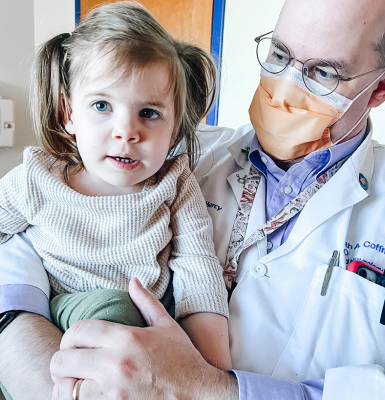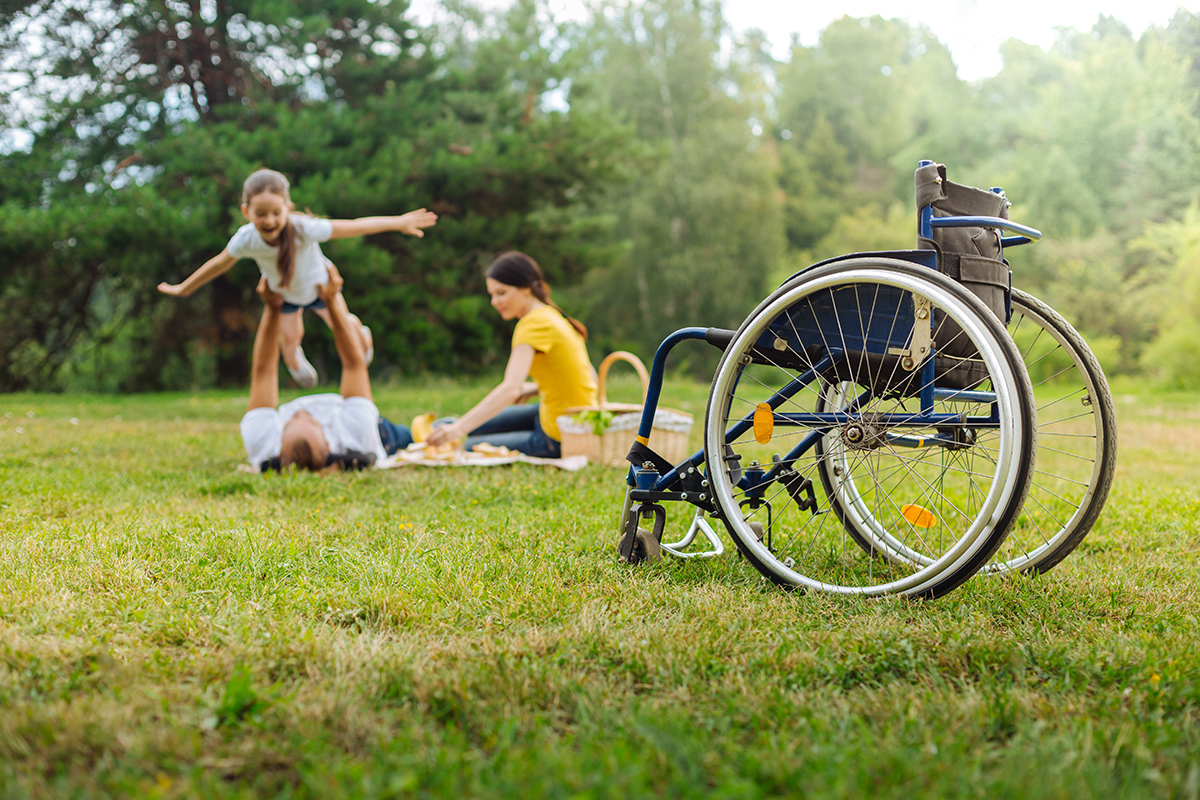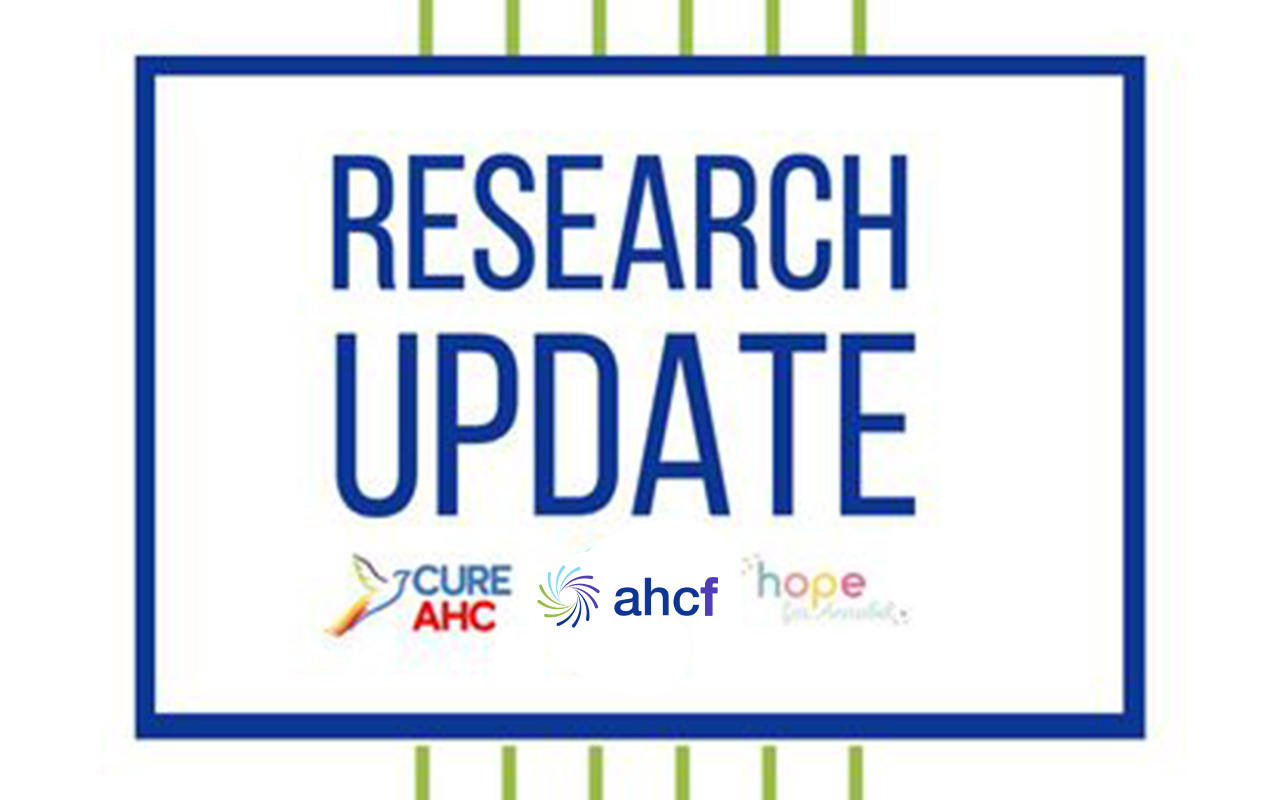The AHC foundations are continuing to pursue multiple complementary strategies to develop therapies for AHC. Therapeutic potential is the priority for every research project that we fund. We need research to translate to results: therapeutics that can help our patients.
We are pursuing multiple avenues of research to cover as many bases as possible. With so many disease-causing mutations in AHC, some patients may benefit from certain therapeutic approaches, while others may require a different strategy.
We are continuing to augment our portfolio of promising projects, with a combination of urgency and prudence. Time passes quickly for our children, and we are mindful of the need to move forward quickly, while deploying funds with care.
We believe we are pursuing the best identified therapeutic approaches for AHC, from genetic medicine to pharmaceutical drug screenings. As a community, we continue to work together to defend the future of our patients and loved ones.
You can read details pertaining to each research project here: http://ahckids.org/…/01/2023-01-09-Research-update.pdf
We are on our way to ending AHC!




